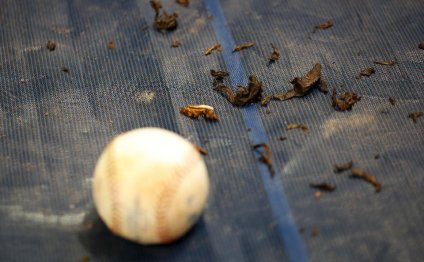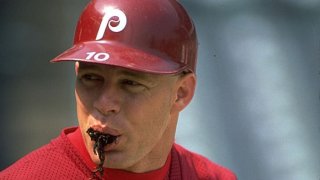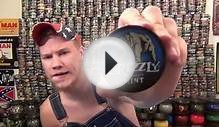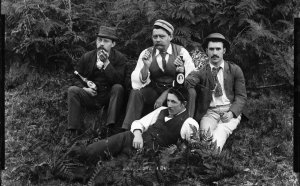
History of chewing tobacco
 Lenny Dykstra chews tobacco during a game against the Chicago Cubs, Sept 1, 1990. Credit: Jonathan Daniel / Getty Images
Lenny Dykstra chews tobacco during a game against the Chicago Cubs, Sept 1, 1990. Credit: Jonathan Daniel / Getty Images
Pitching great Curt Schilling revealed the details of his fight with cancer on Boston radio Wednesday, explaining that he has squamous cell carcinoma, a form of mouth cancer that is currently in remission, and that he likely got it from a career of chewing tobacco while on the mound and in the dugout. The revelation, coming almost exactly three months to the day after one of the game's greatest pure hitters, Tony Gwynn, succumbed to his battle with salivary gland cancer, will no doubt intensify the debate that smokeless tobacco should be banned from America's pastime; something that could be more difficult than people realize due to a long and complex history between the sport and snuff.
Thanks to a renewed interest in the crop in the 19th century, the tobacco trade was booming in America when the first official rules for baseball were written in 1845. By the turn of the century, the Blackwell Tobacco Company, whose marketing tactics are regularly regarded as revolutionary in the industry, advertised their Bull Durham Tobacco over outfield fences near where relief pitchers warmed up. Some historians believe this is why the term "bullpen" was used to describe where pitchers waited to take the mound.
With the rise of cigarettes as another option for tobacco users, advertisers started including images of baseball player in packages, both to help entice buyers to pick their brand, but also to protect the cigarettes from damage. While adults might not have thought much about the cards, kids began collecting them from the packs their fathers might otherwise throw out, leading to the growth of the baseball card industry that would grow (and eventually crash) over the next century. In 1909, Honus Wagner, one of the game's early greats, would famously tell the American Tobacco Company to take his picture off their packs because he didn't want to be responsible for influencing young people to smoke. That card, known as the T206 Honus Wagner, would go on to become the most famous baseball card ever, purchased most recently by Arizona Diamondbacks owner Ken Kendrick for $2.8 million in 2007.
When Babe Ruth, who smoked and chewed tobacco, died of throat cancer at the age of 53 in 1948, the public still wasn't totally aware of the effects it caused. Players had long chewed to keep their mouths from getting dry in the hot sun and dusty ballparks they played in, but by the 1950s, players were switching to cigarettes more and more. You hardly saw players chewing in the 50s and 60s, until, sometime in the 1970s, snuff — literally pulverized tobacco leaves one inhales to get a quick nicotine fix — started becoming popular among players.
"When I first broke into the big leagues, 30-40 percent of the Mets smoked, and only three of the remaining players on the 25-man roster chewed, " Pitching great Nolan Ryan recalled. "No one dipped. Chewing peaked in the 1970s, and dipping took over. The switch began with free samples of dip coming into the clubhouse."
VIDEO REVIEWS


Share this Post
Related posts
History of Copenhagen tobacco
A Canadian Can of Copenhagen Long Cut. Copenhagen is a brand of smokeless tobacco made by the U.S. Smokeless Tobacco Company…
Read MoreHistory of smoking Bans
This week, New York became the latest U.S. city to forbid smoking in outdoor public spaces, including parks, beaches and…
Read More










